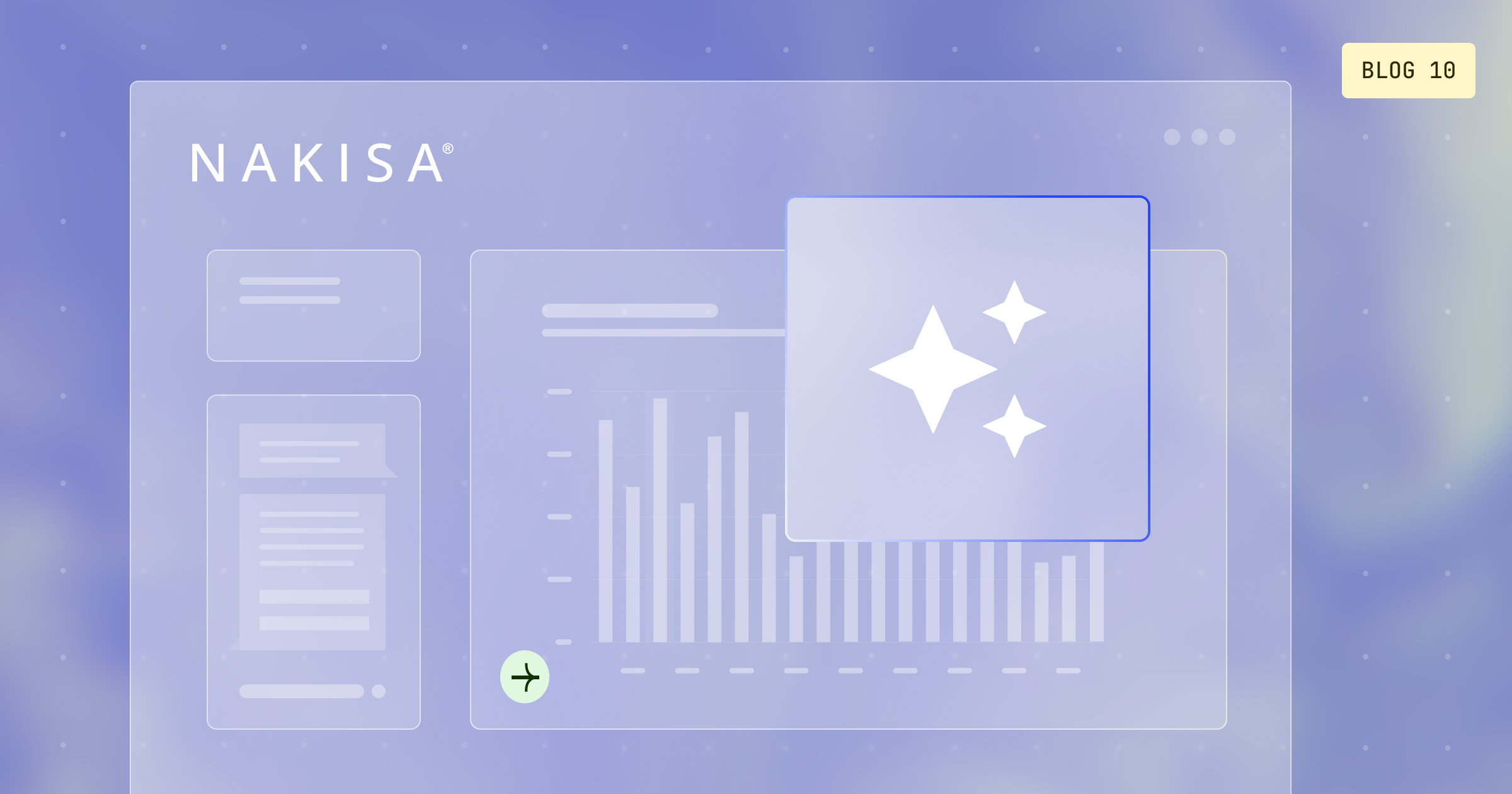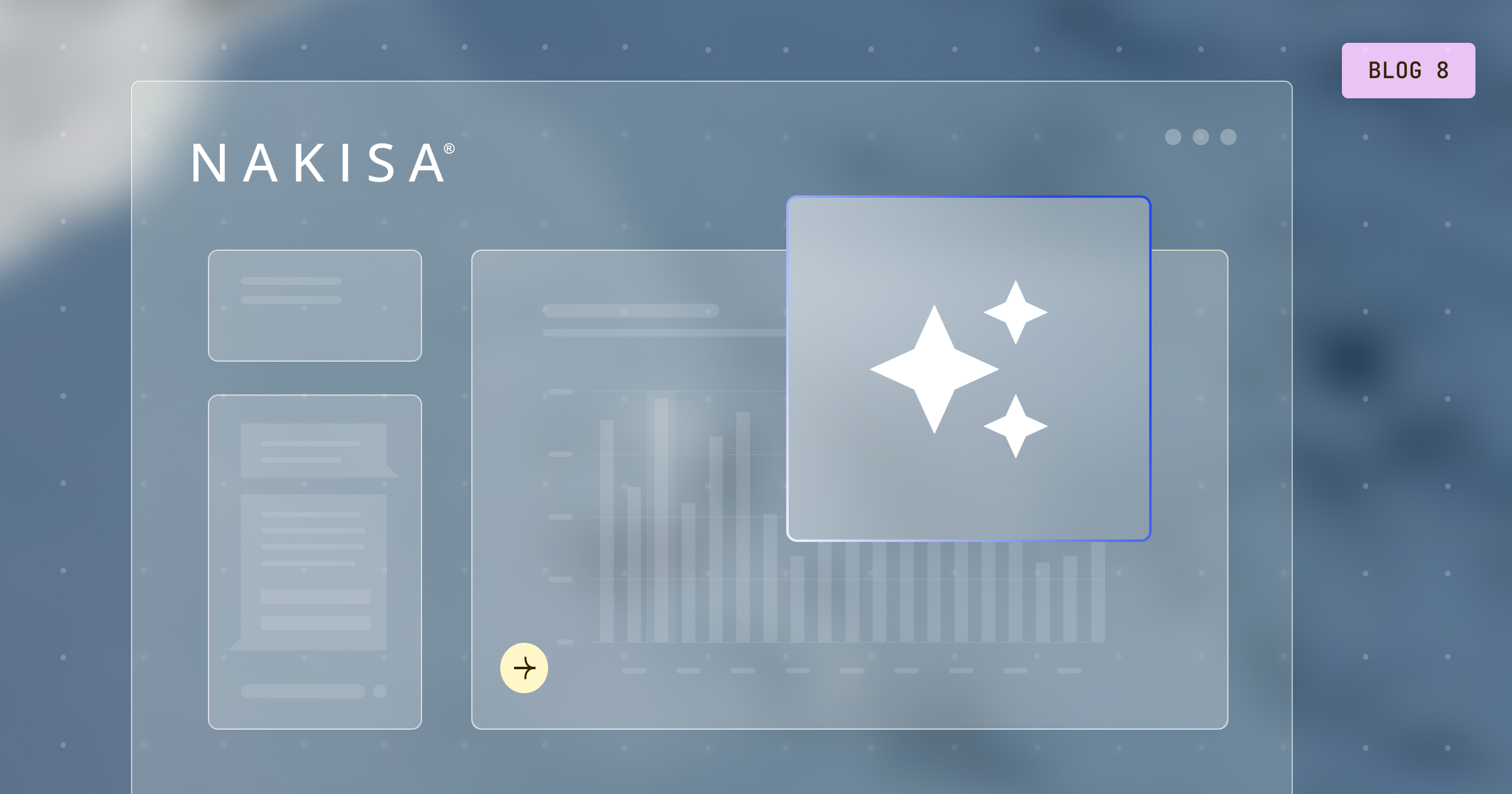It’s been 50 years since the first man walked on the moon, but the achievement is still as staggering now as it was in 1969.
The expertise, bravery, the intelligence required to pull off such a feat are still breathtaking to fathom even in today’s modern world.
Now, imagine how easily the mission to the moon could have been ruined without reliable, understandable, and accurate data. One wrong coordinate or miscalculation of an equation and we may not have ever known the name Neil Armstrong.
The HR department of today may not be dealing with the same stakes as NASA mission control in the late ’60s, but the need for accurate, clean, and centralized data is no less important.
Sitting on a Data Goldmine
The good news is there’s no shortage of predictive analytics, employee data, and people analytics at your HR department’s fingertips.
“The average Human Resources (HR) team is sitting on a data gold mine,” writes author and Forbes contributor Bernard Marr. “There’s recruitment data, career progression data, training data, absenteeism figures, productivity data, personal development reviews, competency profiles, and staff satisfaction data, just for starters.”
Still, many HR professionals struggle to effectively manage these many points of data and ensure they have a central source of truth from which they can easily access key information.
The focus of modern HR functions continues to shift towards workforce analytics and employee data to predict trends and make decisions based on data about how the organization should strategize for the future.
Bad Data, Bad Deals
Perhaps no corporate action is as reliant on quality data as mergers and acquisitions.
Whether it’s understanding the potential financial and cultural impact before a merger or ensuring the smoothest transition during the action, the quality of data on both sides is vital to a successful M&A.
Organizations face multiple challenges during an M&A including longer transition times, higher operating costs, staff disruptions, and bad decision-making due to poor data quality. All of these can have a major effect on overall productivity, business performance, and profitability after an M&A.
The integrity of data that is manually collected, maintained, and calculated is always threatened by potential human error.
This is why more and more HR leaders are quickly realizing that achieving key business transformations is no longer feasible using traditional methods like spreadsheets.
Beyond the Spreadsheet
No matter if you work for a global organization looking to pursue an M&A or a small to medium-sized enterprise (SME) building out a new hiring strategy, the importance of data accuracy remains the same.
However, many organizations still rely on multiple spreadsheets to capture and hold their collected data—leaving them vulnerable to inaccuracies and bad decisions.
Beyond accuracy, spreadsheets also lack other key functions that can help accelerate and enhance decision-making, including:
- Mass-edit capabilities for rapid correction of workforce data and secure write-back to your HCM solution.
- Easy data auditing to help you identify errors to ensure accurate talent planning and HR reports.
- Access to advanced analytics like trends, turnover costs, and vulnerabilities to help provide valuable insights to your team.
- The ability to track the progress of key initiatives like diversity and inclusion programs, reductions in force (RIF), and other organizational transformations.
- Quick access to accurate data for easy reporting, improved efficiency, and time savings.
- Visualization functionality to help you see how specific HR decisions will affect the structure and makeup of your organization.
A growing number of HR professionals are turning to organizational design solutions to fill the gaps in the capabilities and accuracy of spreadsheets.
Nakisa HR Suite (formerly Hanelly) allows you to track and audit key HR data from one centralized source, providing advanced org charting visualizations and reports to help you make quick, effective, and accurate decisions.
If you’re looking to change the way your organization analyzes HR data and gain deeper insights into the business, it’s time to take a step away from the spreadsheets and make one giant leap toward clean, accurate, and actionable data. Let's have a talk. Our solution experts can answer all your questions, provide updates on the latest best HR practices, and show how Nakisa can make visualizing and designing your organization structure a painless experience.





